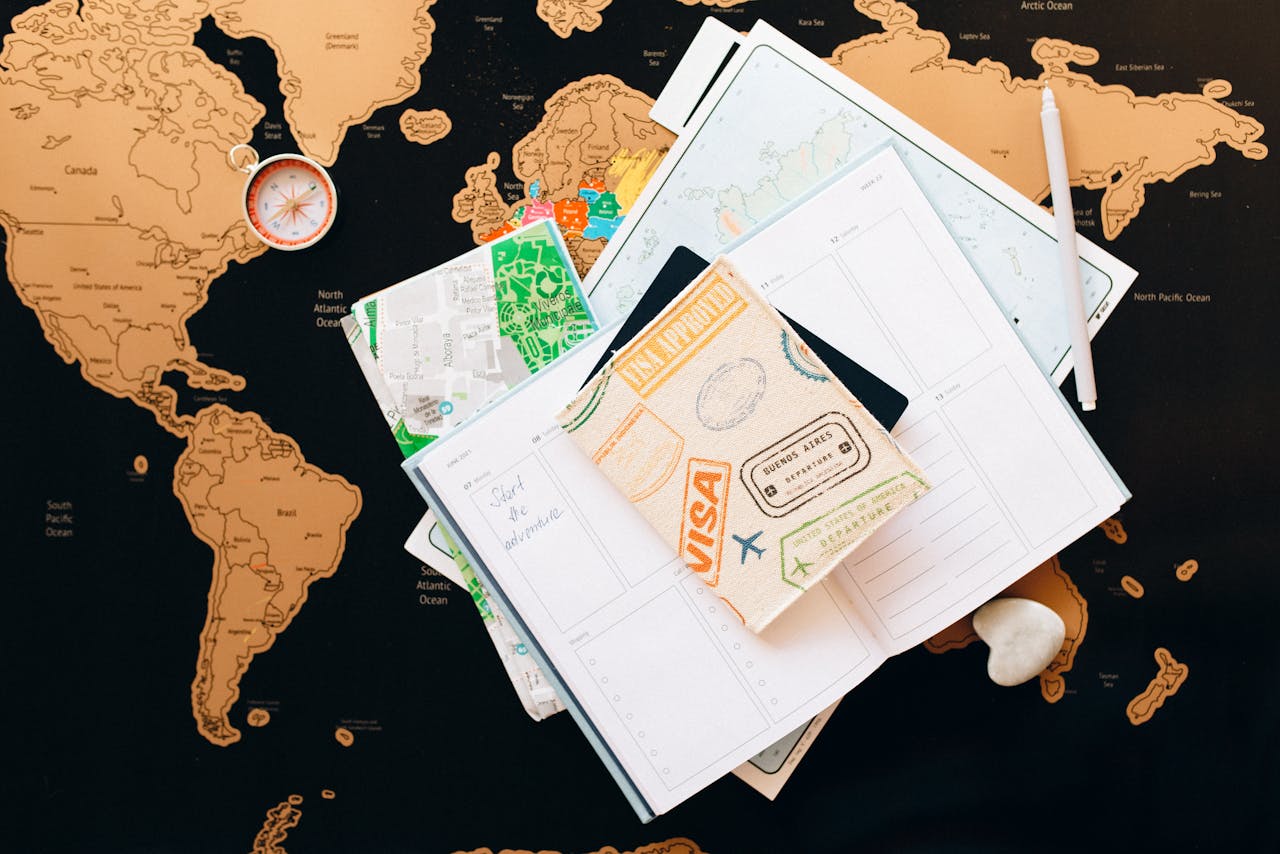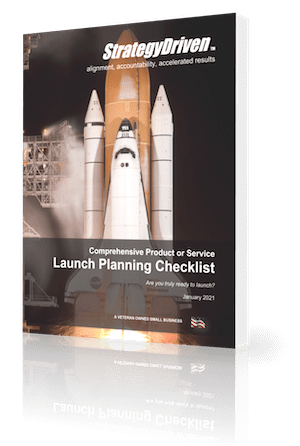Navigating the Legalities: A Guide to Visas and Permits for Moving Abroad
If you are considering moving abroad, navigating the world of visas and permits is vital. It’s easier said than done, though. Even though you may be dreaming of sipping espresso in Italy or exploring the bustling streets of Tokyo, understanding the visa and permit requirements is crucial. If you decide to move, being knowledgeable will result in a smooth transition.
This guide offers essential information you need to know before starting a new chapter in a foreign country. From work permits to residency visas, we’ve got you covered. So, leave the stress about visas and permits behind. Let’s delve into the legalities of your upcoming adventure abroad.
Types of Visas for Moving Abroad
When relocating to a new country, take the time to learn about the various types of visas available. Here’s a breakdown of the most common visa categories you may encounter:
- Tourist Visa: This visa allows you to visit a foreign country for recreation or leisure. It typically has a short validity period, and you cannot work while on this visa.
- Student Visa: A student visa is essential if you plan to study abroad. It permits you to enroll in educational programs in the host country for a specified duration.
- Work Visa: A work visa is necessary for individuals seeking employment opportunities overseas. It permits you to work legally in a foreign country, and there may be conditions regarding the work you can do.
- Residency Visa: A residency visa allows you to live in a foreign country for an extended period. It’s ideal for individuals planning to settle long-term or permanently in a new location.
- Investor Visa: Some countries offer investor visas for individuals willing to make a significant financial investment in the host country. This visa type often comes with specific investment requirements.
Understanding the differences between these visa types is essential for planning your move abroad. Ensure to check the specific requirements and restrictions associated with each visa category to make informed decisions.
How to Choose the Right Visa
Consider your purpose and understand the visa requirements. Here are essential tips to guide you through this crucial decision-making phase.
Considering Your Purpose
To choose the correct visa, clearly define your purpose for moving abroad. For example, you may desire to move for leisure, study, work, residency, or investment. Aligning your visa choice with specific objectives is vital to a successful relocation. For instance, a student visa would be the appropriate choice if you’re pursuing higher education. In comparison, a work visa suits those seeking employment opportunities.
Understanding Visa Requirements
Each type of visa has specific requirements that you must meet for approval. Familiarize yourself with these criteria. Whether it’s financial prerequisites, educational qualifications, or proof of employment, understanding the visa requirements helps you prepare the necessary documentation. It also increases your chances of obtaining the visa that best fits your needs.
Application Process for Visas
When applying for a visa to move abroad, there are several essential steps you must follow. To ensure a smooth application process, here are some critical guidelines to help you navigate the visa application procedures.
- Research Visa Requirements: Before applying for a visa, the initial step is to research the specific requirements for the type of visa you need. Different visas have varying criteria, so it’s crucial to understand what documents and qualifications you must provide.
- Complete the Application Form: Once you have gathered all the necessary documents, the next step is to complete the visa application form accurately. Fill in all the required fields and double-check for errors before submission.
- Prepare Supporting Documents: You must submit various supporting documents and the application form. For example, they may need documents that require identification, proof of finances, a travel itinerary, and the purpose of the visit. Ensure you have all the necessary paperwork to avoid delays in the application process.
- Attend Biometrics Appointment: Depending on the country you apply to, you may be required to attend a biometrics appointment. This appointment provides fingerprints and a photograph for identification purposes. Make sure to schedule this appointment as soon as possible.
- Pay Application Fees: Most visa applications require processing fees. Make sure to pay the fees through the designated payment methods and keep a record of the payment for your reference.
- Wait for Processing: After submitting your visa application and supporting documents, you must wait for the processing to be completed. Processing times can vary, so submitting your application well before your planned travel date is essential.
- Attend Interview (if required): You may sometimes be called for an interview as part of the visa application process. Prepare for the interview by reviewing your application. This ensures you can confidently answer any questions about your trip.
- Receive Visa Decision: Once the processing is complete, you will receive a decision on your visa application. If approved, follow any additional instructions provided and prepare for your upcoming move abroad.
Following these steps diligently and staying organized can increase your chances of obtaining the necessary visa to move abroad successfully.
Conclusion
Navigating the world of visas and permits for your move abroad can seem daunting, but with the right approach, you can overcome any challenges that come your way. Remember to align your visa choice with your goals and be prepared to meet the specific requirements. Stay organized with checklists, seek help when needed, and stay informed about regulation changes. By taking these steps, you show dedication to making your overseas dreams a reality. Keep a positive attitude, be patient during the process, and you’ll be well on your way to a successful international adventure. Good luck on your journey!











Leave a Reply
Want to join the discussion?Feel free to contribute!